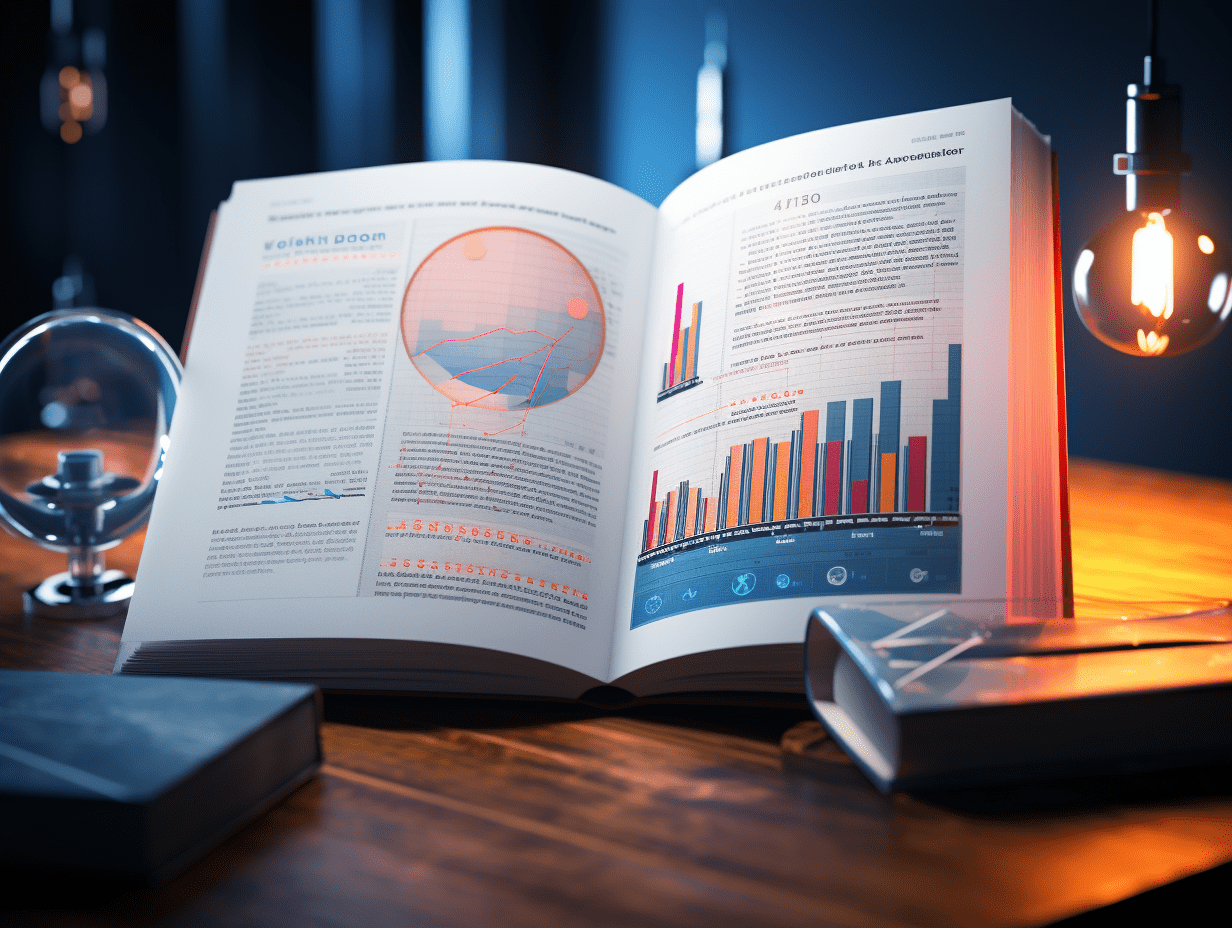Australia's September unemployment rate has risen to a four-year high! The slowdown in the job market could lead to the Reserve Bank of Australia restoring interest rate cuts.
Australia's unemployment rate jumped to its highest level in four years in September. This indicates a slowdown in the labor market and reinforces market expectations that the Reserve Bank of Australia may cut interest rates as soon as next month.
Australia's unemployment rate in September jumped to the highest level in four years, as the number of new jobs decreased while the number of job seekers increased. This indicates that the labor market is slowing down, reinforcing market expectations that the Reserve Bank of Australia may resume interest rate cuts as soon as next month.
According to data released by the Australian government on Thursday, the unemployment rate in September rose to 4.5%, higher than the market's expected 4.3% and the revised previous value of 4.3%; only 14,900 new jobs were added in September, lower than the market's expected 20,000; the labor force participation rate rose to 67%. As a result of the latest employment data, Australian government bond yields plummeted by as much as 13 basis points, marking the largest single-day decline since May; the Australian dollar also fell by as much as 0.5%.
Employment data is one of the important factors for the Reserve Bank of Australia's Monetary Policy Committee decision making. Previously, the strong labor market and concerns about employment tensions potentially rekindling inflation were key factors in the Reserve Bank of Australia taking a cautious stance in the current easing cycle. The bank maintained the cash rate at 3.6% last month, and officials of the Reserve Bank of Australia this week also emphasized the risks of inflation accelerating in the last quarter.
The Australian labor market has been an economic highlight, but has gradually cooled since the beginning of the year. Meanwhile, global economic prospects remain uncertain, with factors such as the Trump administration's tariff policies and heightened geopolitical tensions making the external environment increasingly complex.
In addition, the widespread use of artificial intelligence (AI) tools is silently driving the loss of some positions. Some economists warn that although the impact is currently marginal, the impact of AI on the global labor market is expanding.
HSBC Holdings global economist James Pomeroy said, "AI seems to be exerting downward pressure on recruitment activities. In any economic slowdown, we may see companies accelerate cost cutting faster - which means that the impact of AI on the broader labor market may continue to expand." He warned that businesses will be able to operate with fewer people, whether through layoffs or reducing recruitment during expansion, "the impact of AI on the global economy is continuously strengthening - although there are currently limited direct pressures on the labor market, the number of at-risk positions is increasing."
KPMG Chief Economist Brendan Rynne said, "The various rumors about increasing layoffs have now become reality. The Reserve Bank of Australia should consider reducing the cash rate to a more stimulating level at the upcoming meeting to help business investment, encourage household spending, and jointly support the labor market."
Australian Reserve Bank officials have repeatedly stated that they hope to maintain the achievements in the labor market while controlling inflation, and keep the unemployment rate at around 4%. Last week, Reserve Bank Governor Michele Bullock stated at a parliamentary committee that the Australian economy is currently in a "pretty good position," with inflation back in the target range of 2%-3% and the labor market still tense. Bullock also stated on Wednesday that the current monetary policy is in a "slightly tighter" state.
Harry Murphy Cruise, research director of the Australian branch of the Oxford Economics Research Institute, pointed out, "The Reserve Bank of Australia is increasingly caught in a dilemma. Its dual mandate of price stability and full employment is now pulling in opposite directions." He explained, "Inflation seems to be higher than the central bank's latest forecasts, while the labor market is weaker than expected. These two situations correspond to different policy responses."
The Australian Consumer Price Index (CPI) for the third quarter will be released in less than two weeks, which will be a key basis for the November monetary policy meeting decisions. Traders expect the probability of an interest rate cut next month to exceed 70%. The majority of surveyed economists predict that the Reserve Bank of Australia will cut the benchmark interest rate to 3.35%.
Related Articles

The UK economy relies on the manufacturing sector as its "sole engine" for growth, and managed to achieve slight growth in August.

National Healthcare Security Administration: By the end of 2026, achieve instant settlement funds accounting for more than 80% of the monthly settlement funds of local healthcare security funds.

Li Jiachao: Innovation technology, financial trade, and infrastructure connectivity are advancing simultaneously to jointly build a world-class bay area.
The UK economy relies on the manufacturing sector as its "sole engine" for growth, and managed to achieve slight growth in August.

National Healthcare Security Administration: By the end of 2026, achieve instant settlement funds accounting for more than 80% of the monthly settlement funds of local healthcare security funds.

Li Jiachao: Innovation technology, financial trade, and infrastructure connectivity are advancing simultaneously to jointly build a world-class bay area.






